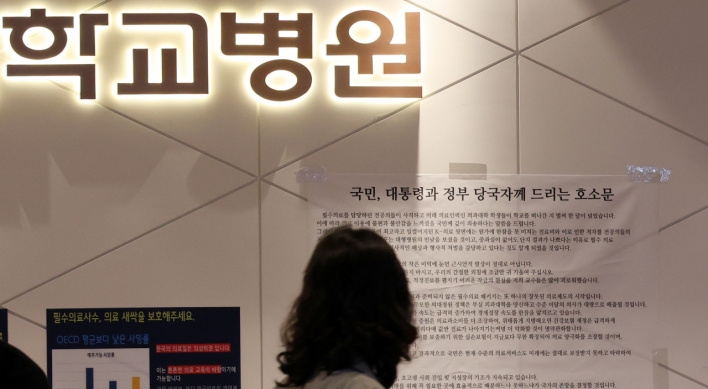Models dressed in colorful traditional clothes walked down the aisle, riveting audiences with their dazzling drapery. The glittery show was a collaboration between Algerian and Korean designers, showcasing the unique identities of both countries’ fashion.
Part of a joint cultural program, the event at Coex in Seoul on Thursday featured clothing by Algerian designer Samir Kerzabi and Korean designers Park Hyo-hee and Ham Eun-jeong.
Part of a joint cultural program, the event at Coex in Seoul on Thursday featured clothing by Algerian designer Samir Kerzabi and Korean designers Park Hyo-hee and Ham Eun-jeong.
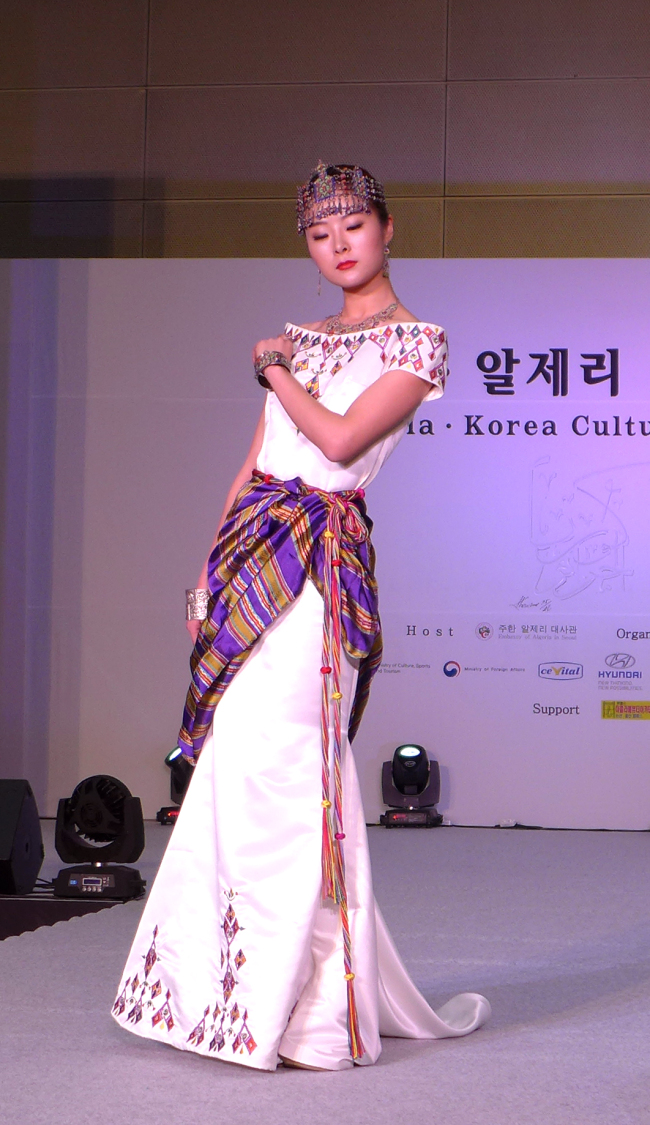
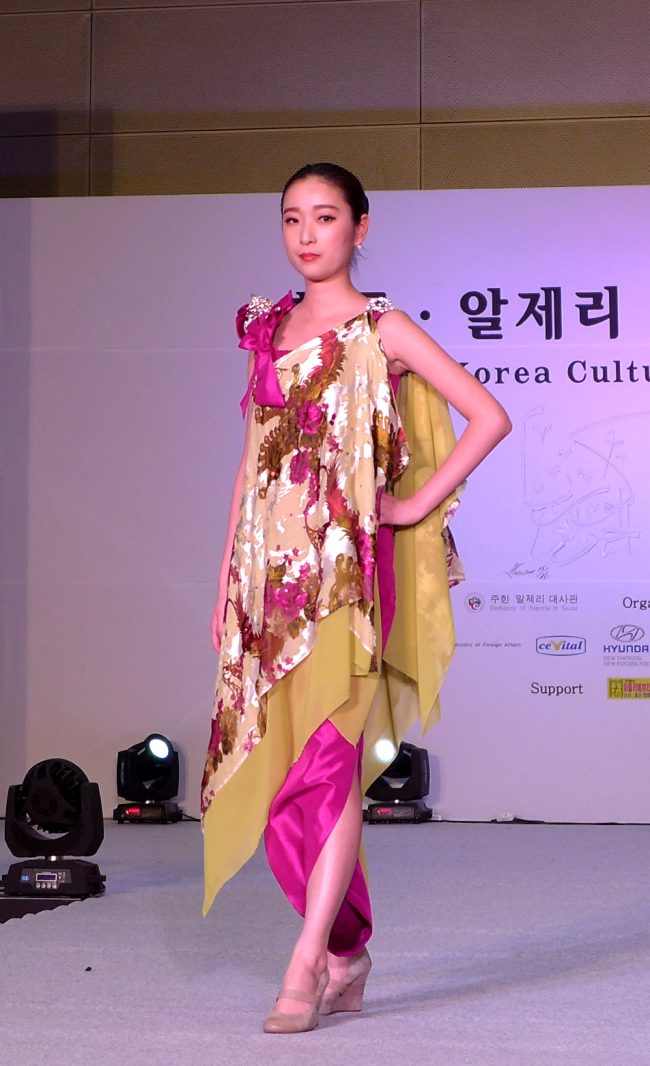
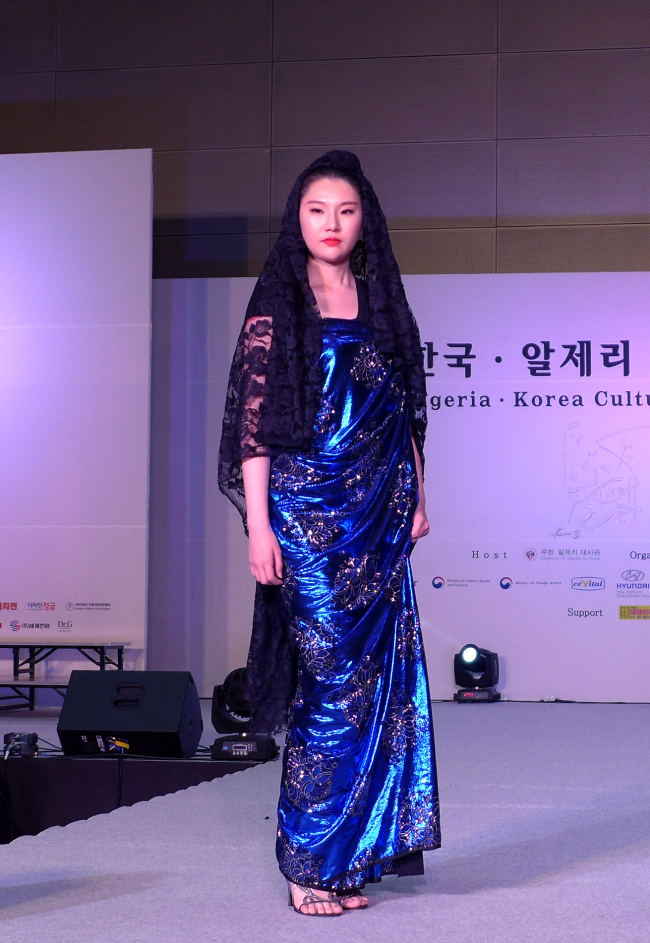
“Cultural interactions and exchanges are powerful sources of inspiration and creativity,” Algerian Ambassador Mohammed El Amine Derragui said in a speech. “As the first collaboration between our embassy and the Korean Culture Association, this program is conceived as a dialogue between the deeply rooted artistic traditions of both countries.”
Algerian classical music troupe El Meya -- established in 1994 in Oran -- played folk songs called Andalusian music, whose origins date back to the Islamic period of El Andalus in Spain. Algerian calligrapher Redha Khouane also demonstrated calligraphy live.
The event was organized by the Algerian embassy and Korean Culture Association and sponsored by Hyundai Motors Algeria, Hyundai Engineering, Cevital Algeria and Silkroad C&T.
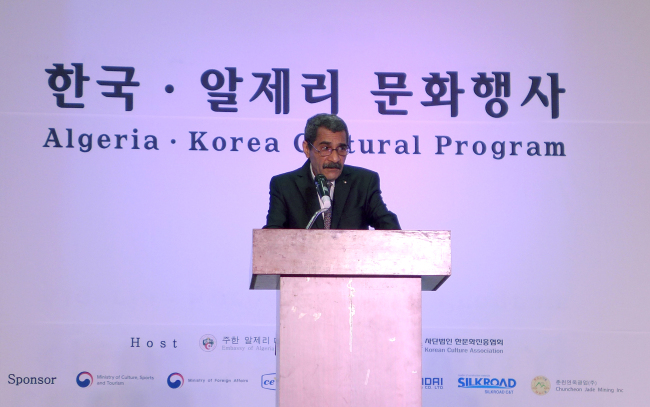
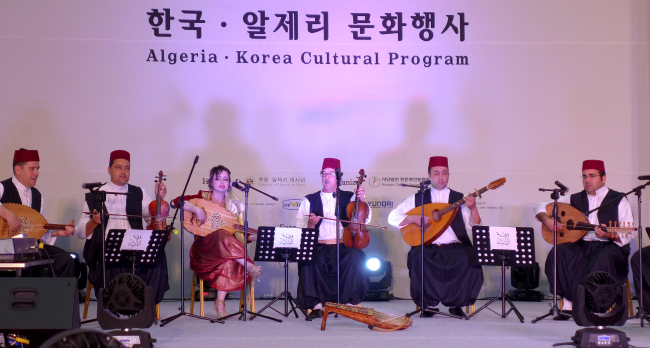
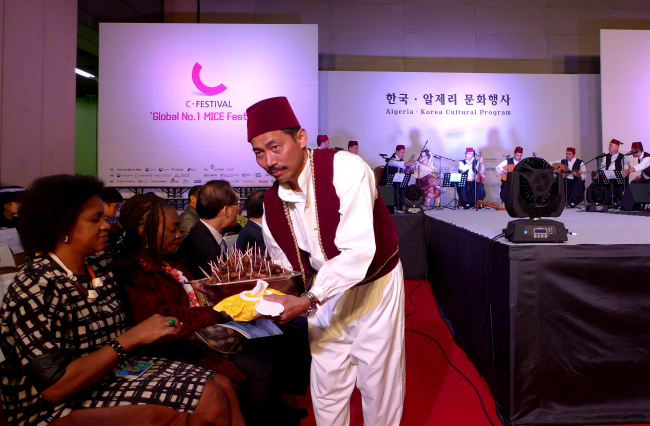
According to the embassy, Algeria’s most popular musical genre is “Rai,” which presents a modern take on folk music. It is popularized by singers Khaled and Cheb Mami. Older generations prefer “Chaabi,” performed by musicians like Cheikh El Anka.
In terms of classical style, “Andalusi,” brought to the country from Spain by Morisco refugees -- former Muslims who converted or were coerced into converting to Christianity -- is appreciated in coastal towns.
Algerian fashion is famous in North Africa for maintaining its original designs for centuries. People wear Western-style clothes in large cities, but in the countryside, traditional clothes are still worn.
Men wear traditional clothes such as “Gandoura,” a cloak made of white or brown wool. They also wear a shirt over a long-sleeved shirt. “Burnous” is a sleeveless coat worn by men with intricate embroideries and designs.
For women, thinly veiled fabric “Haik” covers them from head to toe, under which they wear loosely fitting trousers. They wear wedding dresses featuring elegant and sophisticated patterns.
By Joel Lee (joel@heraldcorp.com)
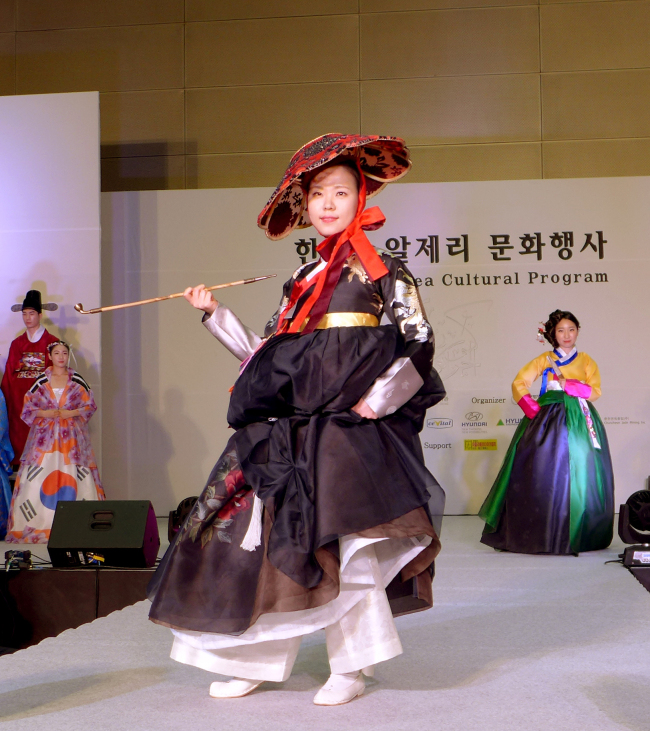
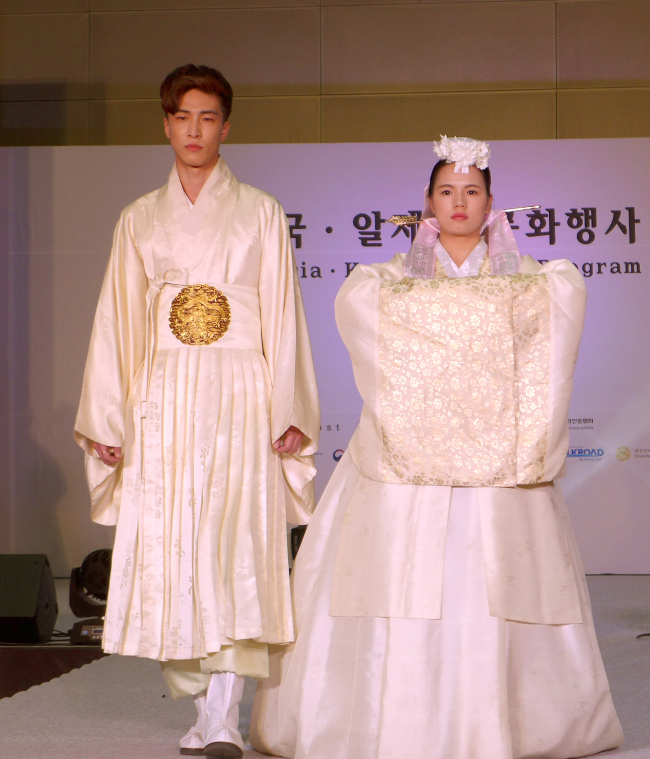
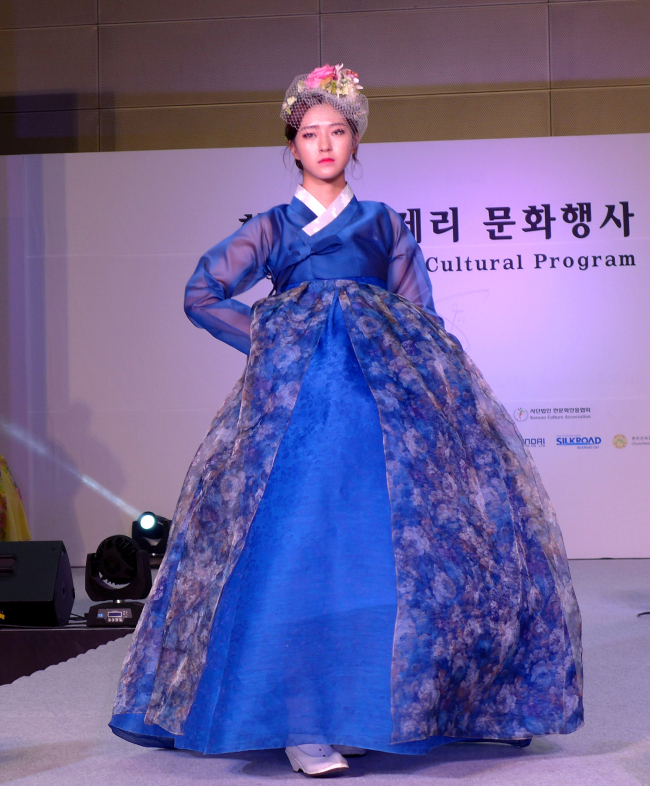
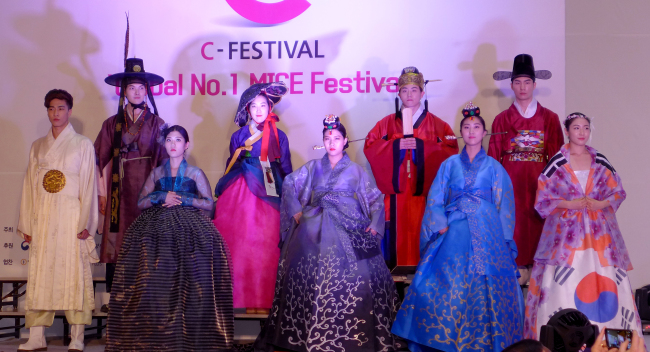
-
Articles by Korea Herald




![[Herald Interview] 'Amid aging population, Korea to invite more young professionals from overseas'](http://res.heraldm.com/phpwas/restmb_idxmake.php?idx=644&simg=/content/image/2024/04/24/20240424050844_0.jpg&u=20240424200058)










